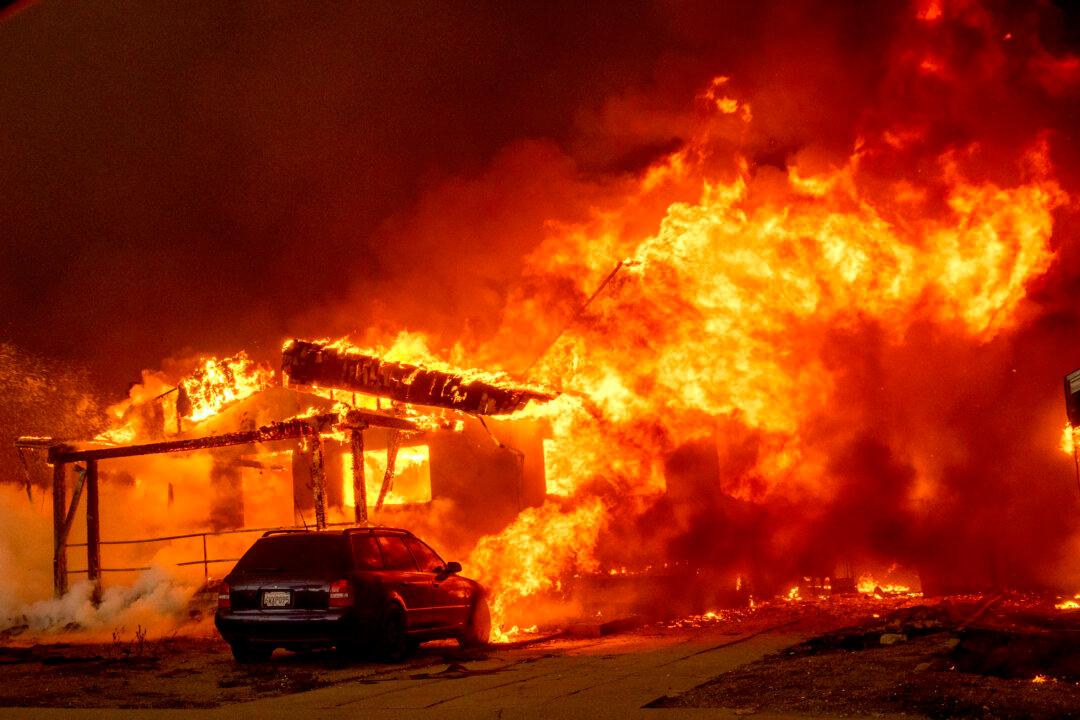As wildfires continue to rage out of control in Los Angeles County, one in 10 homeowners in the region stands to lose everything because of a lack of homeowner’s insurance, according to a Jan. 9 report.
Lending Tree’s insurance division reported that 9.8 percent of Los Angeles County homes are uninsured. Some homeowners have been forced to drop coverage because of skyrocketing premiums—some rising by more than 48 percent. In other cases, insurance carriers have simply withdrawn coverage for wildfires because of the risks.





